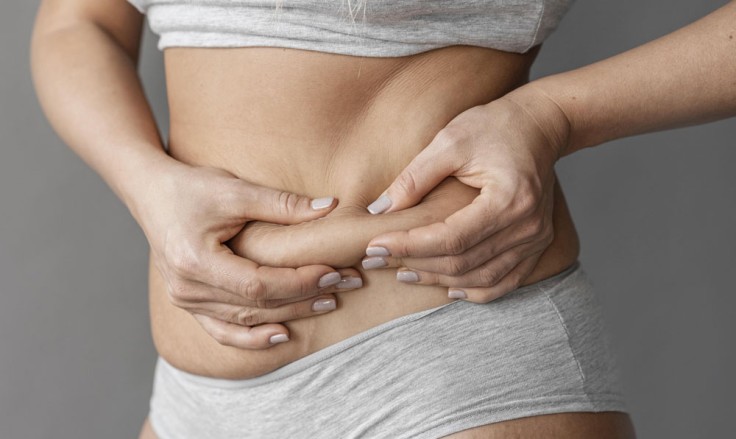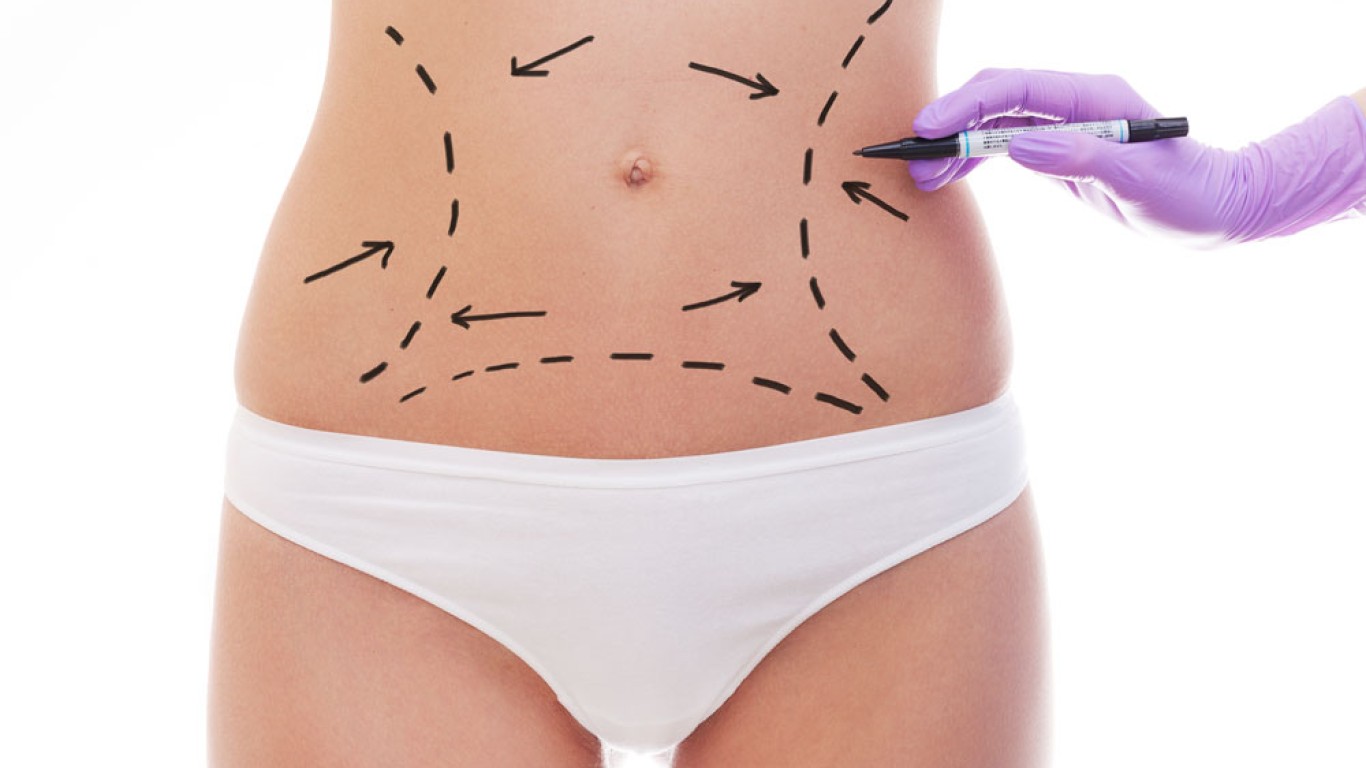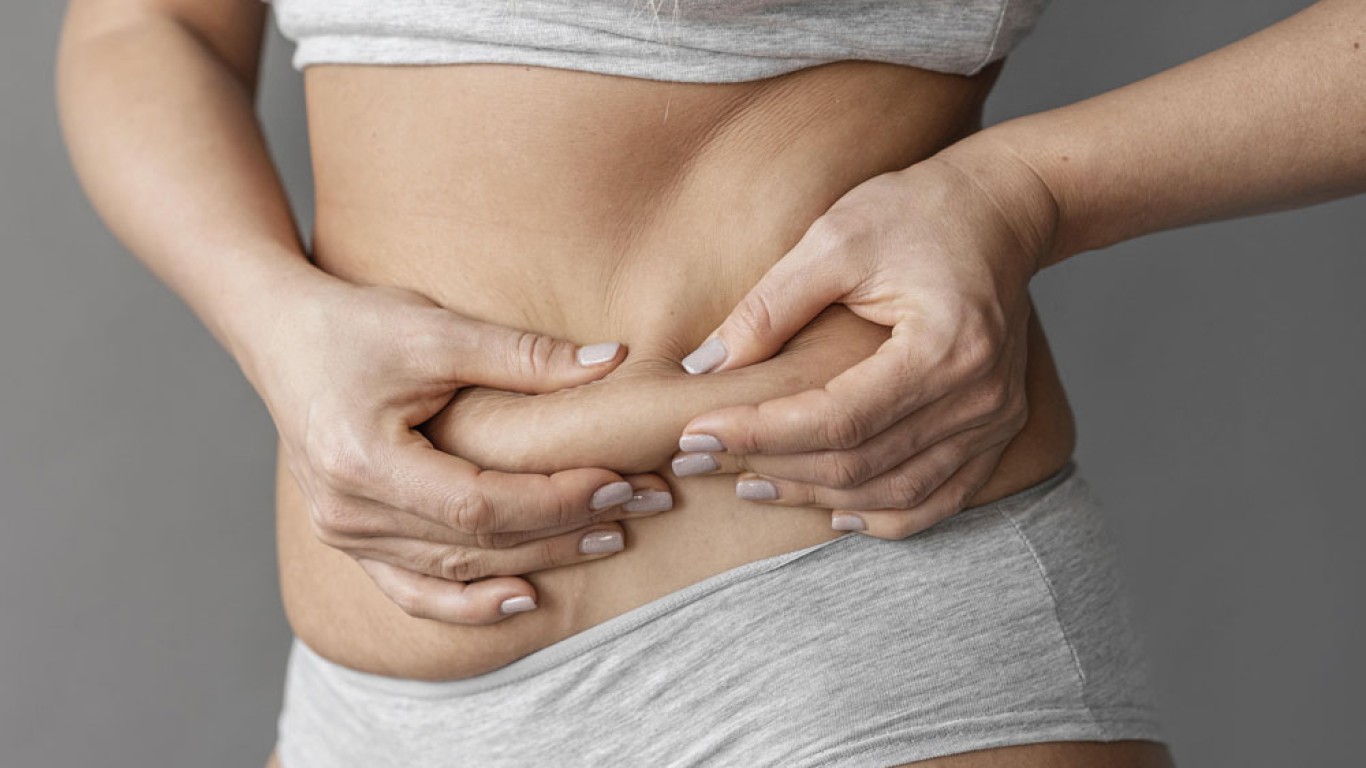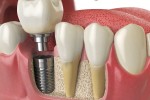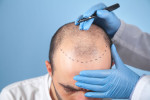A tummy tuck can transform your midsection. But for many patients, muscle repair is just as important as removing excess skin. Often, pregnancy or major weight changes weaken abdominal muscles. This weakening leads to a condition called diastasis recti. A tummy tuck with muscle repair not only flattens your stomach but also restores core strength. Below, we explain when muscle repair is needed and how it enhances tummy tuck outcomes.
What Happens During a Tummy Tuck?
A tummy tuck, also known as abdominoplasty, removes loose skin and tightens the abdominal area. Generally, the surgeon makes an incision just above the pubic bone. Then, they lift the skin to access the underlying muscles. If the muscles have separated, they can be stitched together to restore firmness. Finally, the skin is pulled taut, and any excess is removed. This process leaves the stomach smoother and flatter.
What Is Muscle Repair?
Muscle repair corrects the separation of the abdominal wall muscles. This condition, called diastasis recti, often occurs after pregnancy. It can also result from significant weight gain or ageing. During the tummy tuck, the surgeon sutures the muscles back into place. Consequently, this creates a stronger, flatter core. Without muscle repair, the tummy may still appear bloated, even after skin removal.
How to Know If You Need Muscle Repair
Not everyone getting a tummy tuck needs muscle repair. Your surgeon will assess your abdominal wall to decide. Signs of diastasis recti include a visible bulge in the centre of the abdomen, poor posture, and weak core strength. If you notice these symptoms, muscle repair may be essential. Additionally, women post-pregnancy often benefit most from this added step.
Benefits of Including Muscle Repair in Your Tummy Tuck
Combining muscle repair with a tummy tuck brings several benefits. Firstly, it improves core stability. Secondly, it enhances posture and spinal support. Thirdly, it can reduce back pain caused by weak abdominal muscles. Also, the stomach will look significantly flatter and more defined. Therefore, muscle repair doesn’t just affect appearance; it enhances functional strength too.

What to Expect During Recovery with Muscle Repair
Recovery is slightly longer when muscle repair is included. Patients may feel more discomfort in the core area. Typically, you'll need to avoid heavy lifting and strenuous movement for at least six weeks. However, walking is encouraged early on to aid circulation. Support garments help reduce swelling and promote healing. With proper care, you’ll notice improvements in posture and appearance over time.
Is Muscle Repair Permanent?
Yes, muscle repair is designed to be permanent. However, extreme changes in weight or another pregnancy can weaken the repair. For this reason, surgeons often recommend waiting until after childbirth to have a tummy tuck. Furthermore, maintaining a stable weight post-surgery helps preserve results. Regular core-strengthening exercises after recovery can also help sustain the outcome.
Costs Involved in a Tummy Tuck with Muscle Repair
Adding muscle repair may increase the overall cost of the procedure. In Turkey, prices typically range between £3,000 and £4,500. The final price depends on the clinic, the complexity of your needs, and the surgeon’s experience. However, many clinics in Istanbul offer comprehensive packages. These often include consultation, hospital fees, accommodation, and aftercare support.
Why Turkey Is Popular for Tummy Tuck Procedures
Turkey has become a top destination for tummy tucks, including muscle repair. Clinics in Istanbul combine high medical standards with affordable prices. Additionally, surgeons in Turkey often specialise in body contouring. Their experience ensures safe, effective outcomes. Moreover, many packages include hotel stays and airport transfers. As a result, patients enjoy both quality care and convenience.
Are There Alternatives to Muscle Repair?
In cases of mild muscle separation, targeted exercise can help. Pilates and physiotherapy may improve core strength. However, for severe diastasis recti, surgery is often the most effective option. Non-surgical methods can’t reposition muscles that have significantly separated. Therefore, if your core remains weak despite regular exercise, a tummy tuck with muscle repair may be necessary.
Combining Tummy Tuck with Other Procedures
Many patients choose to combine tummy tuck surgery with other enhancements. Common pairings include liposuction or breast augmentation. Doing multiple procedures together reduces overall downtime. Also, it allows for a more comprehensive transformation. Nevertheless, it’s important to discuss these options with your surgeon. They will guide you on what’s safe and suitable for your body.
Preparing for a Tummy Tuck with Muscle Repair
Preparation plays a key role in ensuring a smooth recovery. Firstly, stop smoking at least a month before surgery. Secondly, maintain a stable weight. Thirdly, arrange for help at home during the initial recovery period. Lastly, follow all pre-surgery instructions from your clinic. These steps increase the chance of a faster and safer recovery.
Tips for Maintaining Results Long-Term
Once healed, you’ll want to protect your tummy tuck results. Stick to a balanced diet to avoid weight gain. Incorporate regular exercise, especially core-strengthening workouts. Stay hydrated and wear supportive garments if advised. Lastly, attend all follow-up appointments. Long-term commitment helps you enjoy the benefits of your tummy tuck for many years.
Conclusion
Muscle repair during a tummy tuck can be a game-changer. It addresses core weakness and enhances the final result. Whether due to pregnancy or weight changes, many patients benefit from this extra step. By restoring both function and form, tummy tuck surgery offers more than cosmetic change. It provides confidence and strength.
For more information and to book a consultation visit the ACIBADEM Beauty Center Tummy Tuck webpage.
Frequently Asked Questions
No, it’s only included if the abdominal muscles are significantly separated.
Yes, both men and women can benefit if they have diastasis recti or core weakness.
Some discomfort is expected, especially in the first two weeks, but pain is manageable with medication.
Yes, but pregnancy can reverse the repair. It’s best to wait until you’re done having children.
No, but it flattens the abdominal wall. Muscle definition comes from fitness and diet post-recovery.
